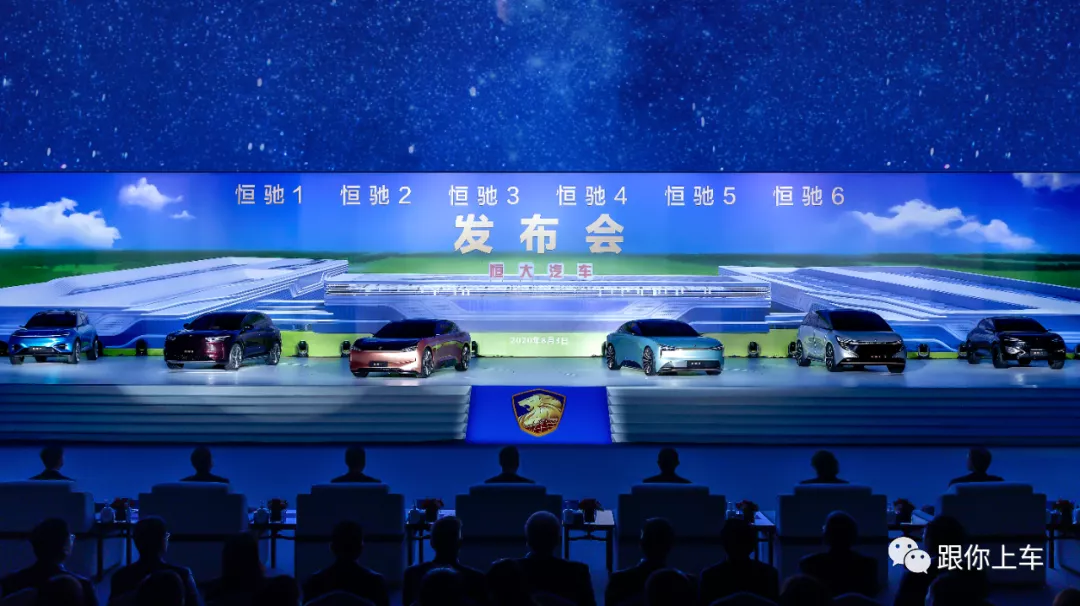Hengda is making waves again in the automotive industry.
On August 3rd, Beijing time, Hengda held a press conference simultaneously in Shanghai and Guangzhou, unveiling six models: Hengchi 1, Hengchi 2, Hengchi 3, Hengchi 4, Hengchi 5, and Hengchi 6, covering various core passenger car types such as sedans, SUVs, coupes, and MPVs, with grades ranging from A to D.
The scene of the six cars being released at the same time is unprecedented, even in the global history of automotive development. Discussions about Hengda’s entry into the automotive industry have also reached a peak.
Everyone wants to know what Hengchi is all about.
1: Logic
In the consensus of the industry, 2020 is a turning point for new car brands.
On the one hand, leaders have started taking the lead. Tesla is accelerating its push and has already established a foothold in the Chinese market, selling over 10,000 cars per month. NIO has overcome its most difficult year with both sales and stock prices on the rise. Li Auto became the second new car company to list on NASDAQ, with a market value approaching that of NIO. Xpeng is about to go public, and the climbing sales of its P7 are within expectations.
On the other hand, elimination is accelerating. Apart from the collapsing Byton, a series of former star companies such as Futurauto, Skywell, and Qidian have gradually faded away. In a summary table of new car brands circulating on the internet, there are still very few in 2020 that have not received a red “X.”
Therefore, when Hengda enters the game as a newcomer and does so unusually, the first reaction must be skepticism. I’ve received many inquiries recently asking how to view Hengda’s entry into the automotive industry.
In my opinion, although it is currently impossible to judge the development status of Hengchi 3-5 years later, one thing can be certain: more and more signs indicate that Hengda is serious.
Firstly, there is strategic thinking, which is well-considered.
On November 12th last year, Hengda Automobile held a Global Strategic Cooperat ion Partners Summit in Guangzhou. During the summit, Xu Jiayin, Chairman of the Board of Directors of Hengda Group, made a speech, elaborating in detail on the development direction of Hengchi. He summarized it in five sentences:
The first sentence: Buy buy buy (acquisition);
The second sentence: Merge merge merge (cooperation);
The third sentence: Circle circle circle (friends);
The fourth sentence: Big big big (scale);
The fifth sentence: Good good good (good car).
In Xu Jiayin’s view, Hengda’s entry into the automotive industry lacks resources and experience. Therefore, it must take a new path. Through precise acquisitions, resource integration, and talent introduction, it is advantageous to gradually form economies of scale while ensuring the quality of the vehicles. From a strategic planning perspective, this is indeed more in line with Hengda’s current situation compared to completely self-developed paths.## 2: New Cars
After discussing the strategic logic, let’s move on to the new cars.
In this August 3rd press conference, Evergrande Auto released six new car models at one time. The Hengchi 1, Hengchi 2, Hengchi 3, Hengchi 4, Hengchi 5, and Hengchi 6 cover core passenger car models such as sedans, SUVs, coupes, and MPVs. Currently, as the specific parameters of the new cars have not been released, many information are still unknown. However, there are two points worth mentioning: design and technology.
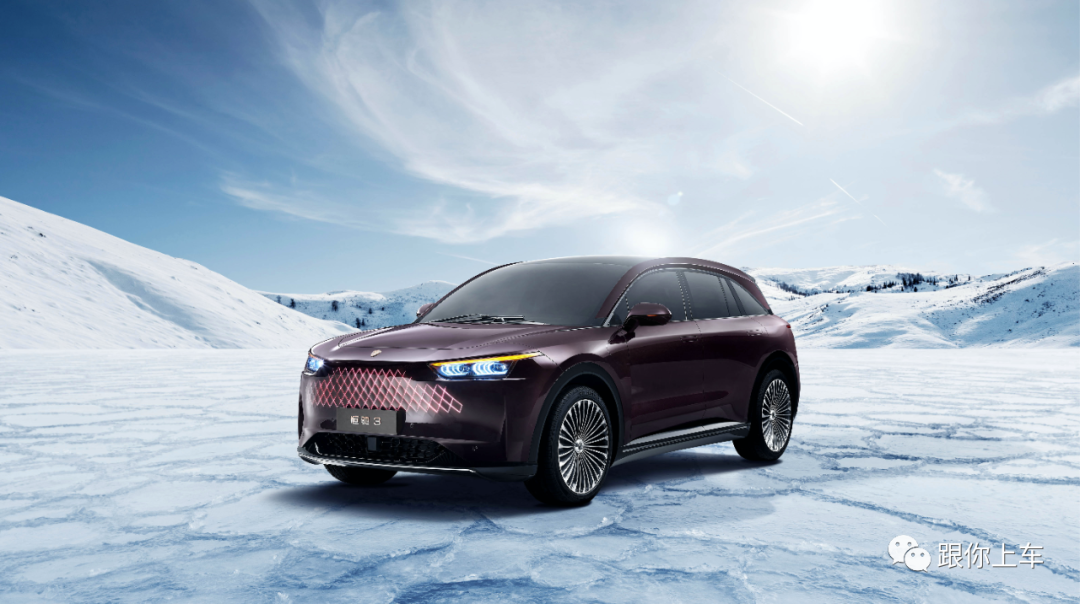
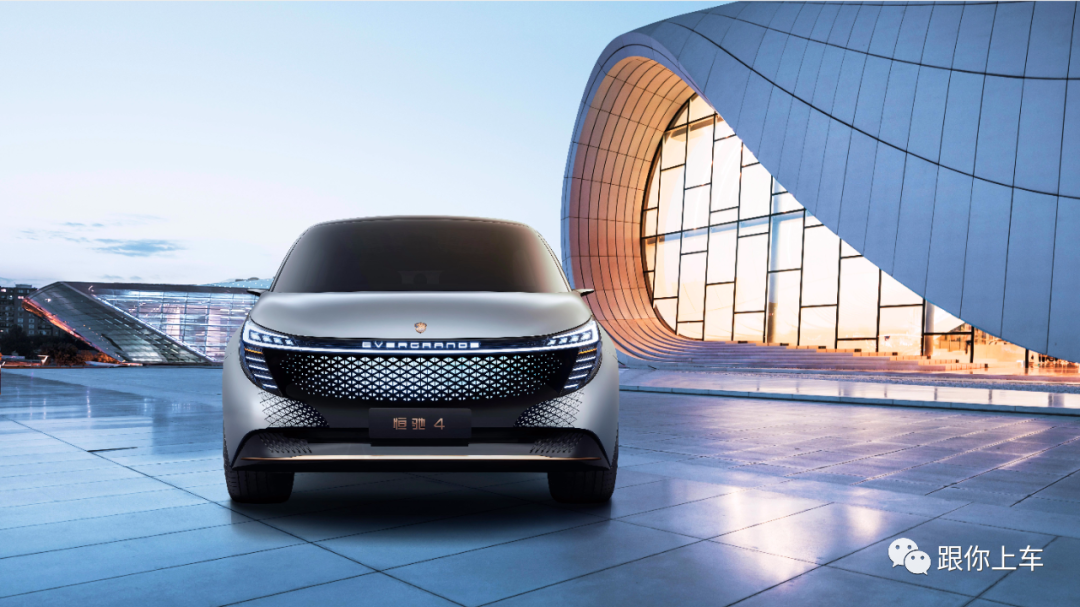
Regarding the design.
From Hengchi 1 to Hengchi 6, Evergrande Auto has put in a lot of effort in the design process.Last year, Xu Jiayin led a team to visit top styling design masters in Europe, America, and Japan multiple times which finally led to strategic cooperation between Evergrande and 15 automotive design masters in the industry. They are all automotive styling design masters from industrial strongholds such as the United States, Germany, and France. The six products released this time were designed by Anders Warming, Michael Robinson and Maruyama Guo, and their representative works cover many classic products of BMW, Jaguar, and Nissan.
In the current market environment, the importance of product appearance is self-evident. When Xu Jiayin and the design masters initially communicated, they emphasized the importance of design and put forward four requirements: firstly, it must be grand, handsome, sharp, and smart; secondly, it must be modern, scientific, fashionable, and artistic; thirdly, it must be handsome, cool, dazzling, and beautiful; fourthly, it must have beautiful front, rear, body and roof. Ultimately, it needs to be something that everyone can see and say “wow”.
From the six products released this time, Xu Jiayin’s requirements have been met.
Regarding technology, design determines the user’s first impression, and technology ensures product power.
To ensure that Evergrande’s performance is first-rate, Xu Jiayin established the positioning of “core technology must be world-leading, and product quality must be world-class” very early on.
In the process of achieving this goal, acquisitions and cooperation are the main implementation methods. On September 11th last year, Evergrande hosted a ‘thank you’ banquet in Germany, where more than 60 global top engineering and technical giants and component suppliers’ Chairmen and CEOs attended, including Magna, FEV Group, EDAG, Bosch, Continental, ZF, Webasto, MAHLE, etc.
During the summit in November last year, Evergrande also organized a “historical largest-scale signing ceremony” that cooperated and signed with a batch of internationally renowned component suppliers such as Bosch, Continental, ZF, Delphi, Hella, Michelin, Hitachi, Unipres, Lear, Hyundai Mobis, and Visteon.
In addition, Evergrande has also mastered core technologies such as whole vehicle R&D and manufacturing, 3.0 chassis architecture, powertrain, and power batteries through a series of international acquisitions. Currently, Evergrande is synchronously developing 15 vehicle models and key technologies, and has independent intellectual property rights. During this process, the five giants in automotive engineering technology, FEV from Germany, EDAG from Germany, IAV from Germany, AVL from Austria, and Magna from Canada will play an important role.
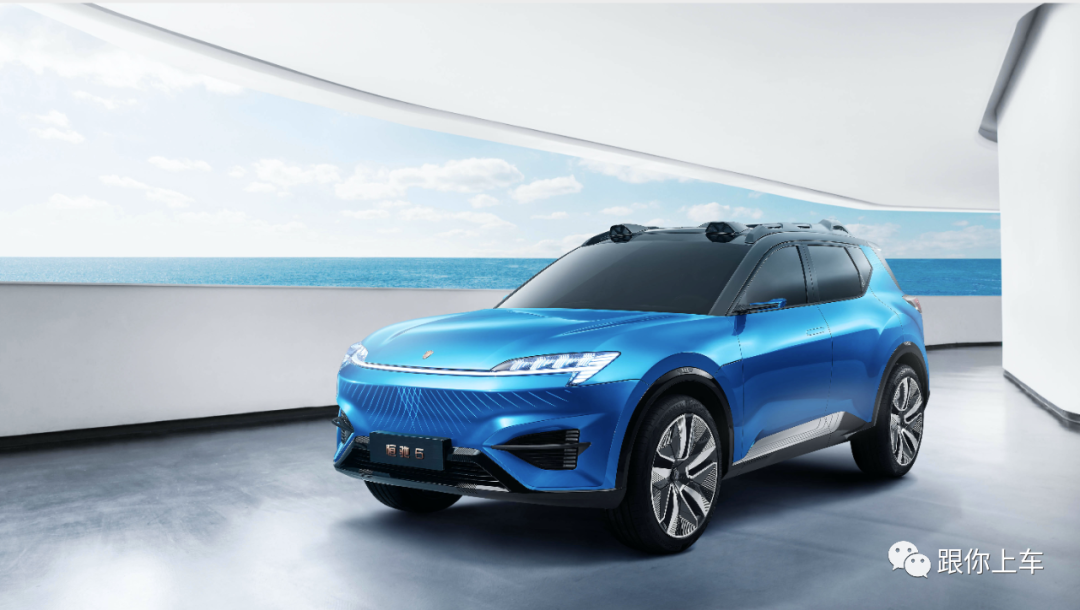
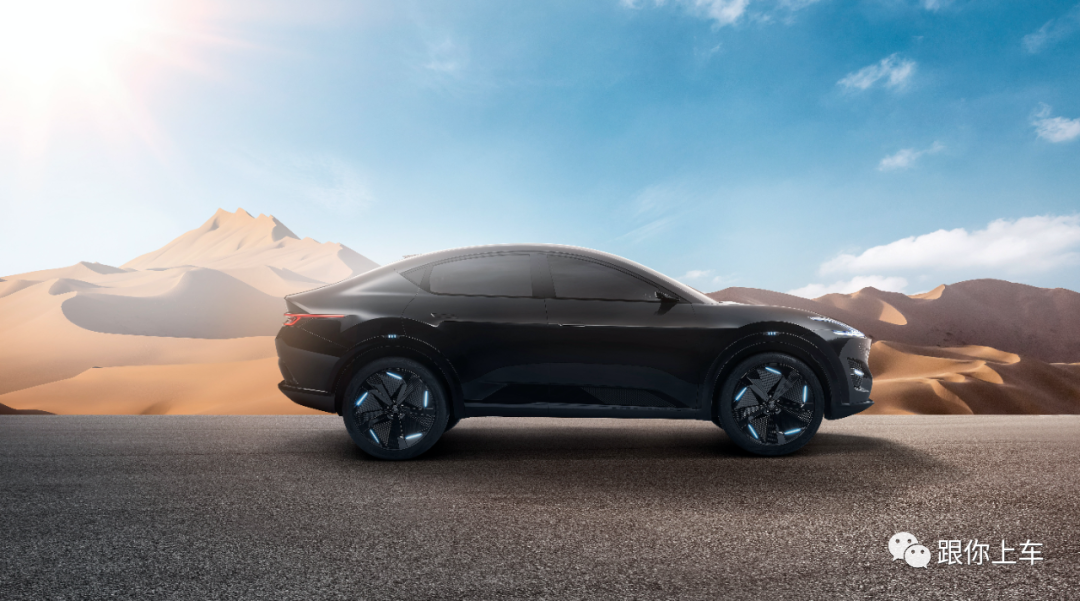
Finally, there is one more question: what will the future of Evergrande Motors be like?According to Evergrande’s plan, a grand plan of selling one million cars per year will be completed in the next 3-5 years. If the plan can be achieved, at least two points are worth looking forward to:
Firstly, cost control. The economy of scale behind the one million sales will greatly reduce the comprehensive cost including manufacturing, management, sales, and parts procurement, which undoubtedly is a core key point for Evergrande’s car manufacturing.
Secondly, linkage effect. The imagination space is even greater here. In Evergrande’s overall plan, real estate is the foundation, cultural tourism and health preservation are the wings, and new energy vehicles are the leader. Among these four key sectors, the linkage of real estate and automobiles, and of cultural tourism and automobiles, can form a visible linkage, which will become increasingly important in the future smart transportation and smart cities. Especially within Evergrande’s own system, it is easier to achieve linkage and form new user experience and business models compared to leveraging on social resources.
Interestingly, this moment may not be too far away.
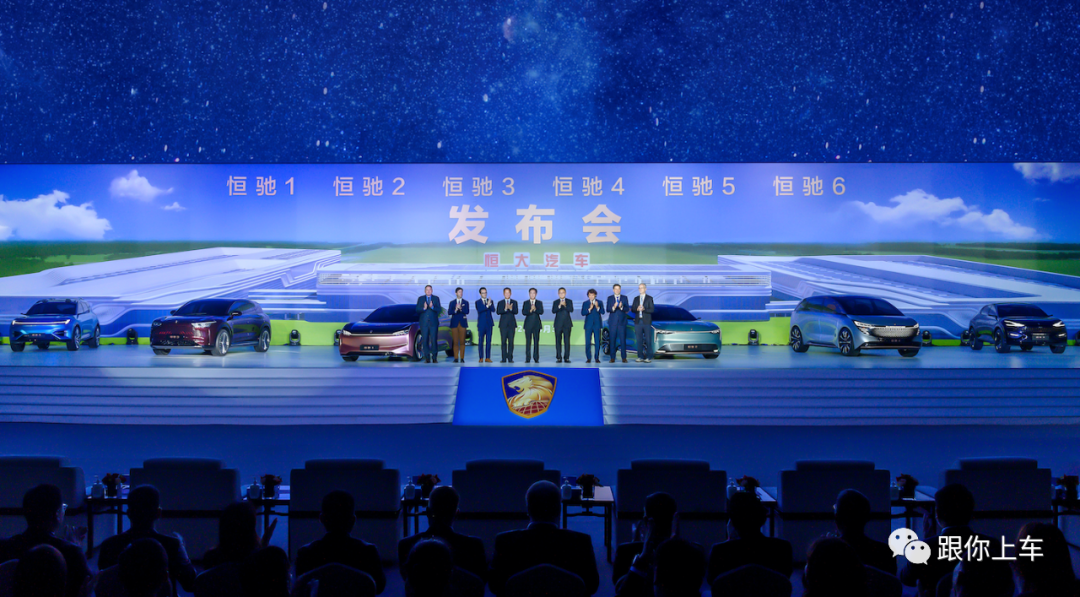
This article is a translation by ChatGPT of a Chinese report from 42HOW. If you have any questions about it, please email bd@42how.com.
